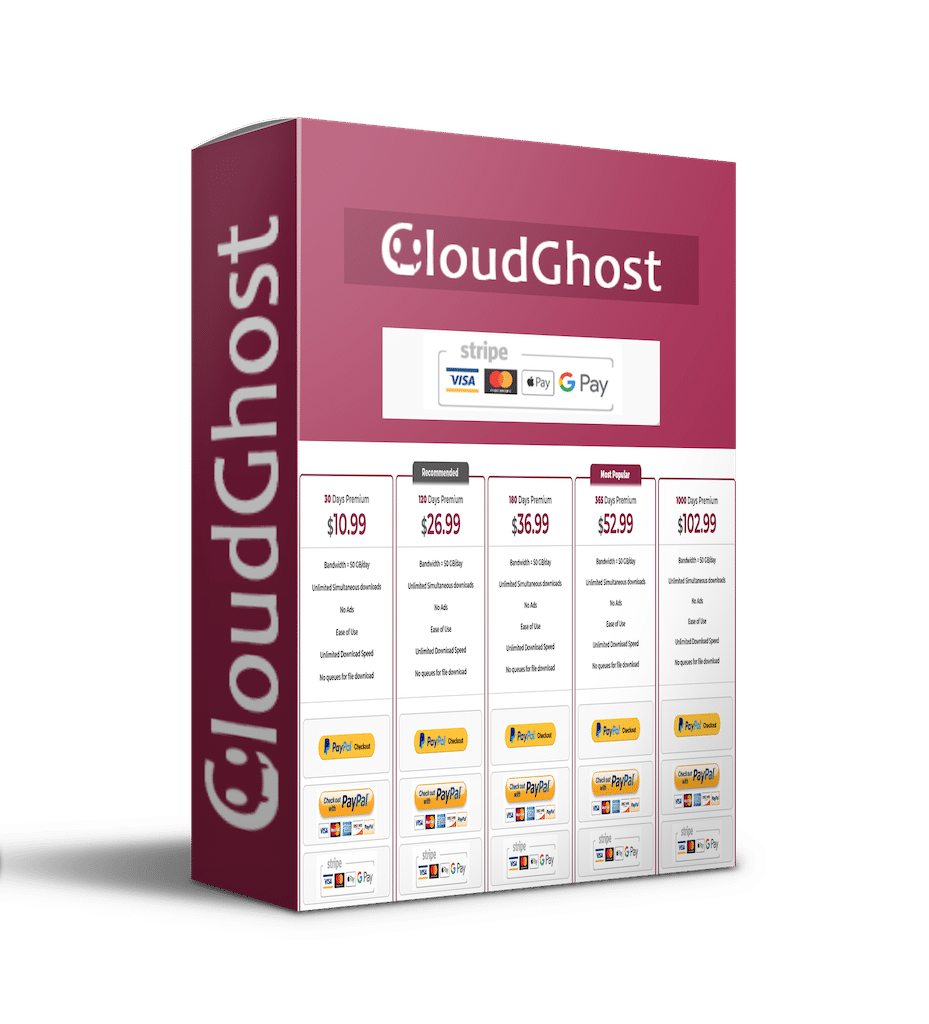Cool
Test Automation Great Alternative To Selenium Free Download

Last updated 3/2018MP4 | Video: h264, 1280×720 | Audio: AAC, 44.1 KHzLanguage: English | Size: 240.24 MB | Duration: 2h 52m
Automated Testing can be simple and very fast
What you’ll learn
Understand test automation process, its target and scope
Select proper tool for web automation needs
Install and configure web automation tool
Automate web pages of any complexity
Optimization using Page Object Model framework and Data Driven Testing
Run multiple scripts within one run with test suites
Automate work with files: , upload, read and write files
Requirements
You should be interested in test automation
You should have basic understanding of programming.
You should have Java installed on your computer
Basic knowledge of javascript is preferable, but not mandatory
Description
Software test automation is very popular topic nowadays.Probably you heard something about Senenium, don’t you?
This course is different than other courses about automaton. Selenium is not the best solution for each case. Maintenance test infrastructure can be consuming with Selenium. In this course I will show you that you can write maintainable and stable automation scripts very quickly. And Sahi will help us with this.
Unlike Selenium, where you must web drivers for each browser, Sahi solve this problem easily. Maintenance of test infrastructure will be handled by properly selected web automation tool – Sahi.
Let me shortly depict what you will learn in this course.
Prior automating web application with Selenium, Sahi or other dedicated tool, you need to understand why and what to automate.
After that, you will install and configure web automation tool Sahi which allows to write highly effective multi browser automated scripts.
Then, you will learn how to identify any UI element. Selenium uses XPaths for complicated HTML code whereas Sahi has its built-in API which makes constructing locators easier.
Also, we will learn how to perform a wide range of possible actions and assertions.
Finally, we will learn how to improve our tests and enhance their maintainability using Page Object Model and Data Driven Testing.
Selenium with TestNG or xUnit provides us with DDT but Sahi has its extremely simple implementation.
We will learn how to organize our tests into test suite and execute a lot of test scripts within one run. While Selenium with TestNG requires complicated XML files, Sahi implements suites as a simple list of tests you want to run!
At the end of my course, as a bonus, I will present you complicated things in simple way: how to and upload files, how to read and write files. These tasks may be quite challeg in other technologies like Selenium with Java.
I am sure this course will very useful for you. And I guess you will think about migration your tests from popular technologies like Selenium, Protractor or others
Welcome to my course!
Overview
Section 1: Introduction
Lecture 1 Introduction
Section 2: Why, What and How to automate?
Lecture 2 Why and What to automate?
Lecture 3 How to select a good automation tool?
Section 3: Sahi: installation and configuration
Lecture 4 Sahi: installation and configuration
Section 4: First test script
Lecture 5 Typical structure of good automated script
Lecture 6 First script: write, execute and report
Section 5: Advanced locators
Lecture 7 Instead of confusing XPath – part 1
Lecture 8 Instead of confusing XPath – part 2
Lecture 9 How to get several UI elements at once?
Section 6: Advanced automated script for real world application
Lecture 10 Fisrt advanced script – introduction
Lecture 11 First advanced script – implementation
Lecture 12 Does our test really detect bugs?
Lecture 13 Writing scripts in business-readable style
Lecture 14 Drop downs, radio buttons, check boxes …
Section 7: Optimization and refactoring – Data Driven Testing
Lecture 15 Data Driven Testing – introduction
Lecture 16 Data Driven Testing – implementation
Section 8: Optimization and refactoring – Page Object Model
Lecture 17 Page Object Model – introduction
Lecture 18 Page Object Model – implementation: part 1
Lecture 19 Page Object Model – implementation: part 2
Lecture 20 Page Object Model – extension and improvement
Section 9: Test suites
Lecture 21 Test suite: create and run
Section 10: Bonus section: Work with files
Lecture 22 file
Lecture 23 Upload file
Lecture 24 Read and write file
Section 11: What’s next?
Lecture 25 What’s next?
Manual testers who want to become automation eeer,Automation eeers who want to extend their skillset,Developers who want to understand test automation process,Business analysts who want to optimize business functional tests,Managers who want to understand how automation works,Everyone who is interested in test automation





